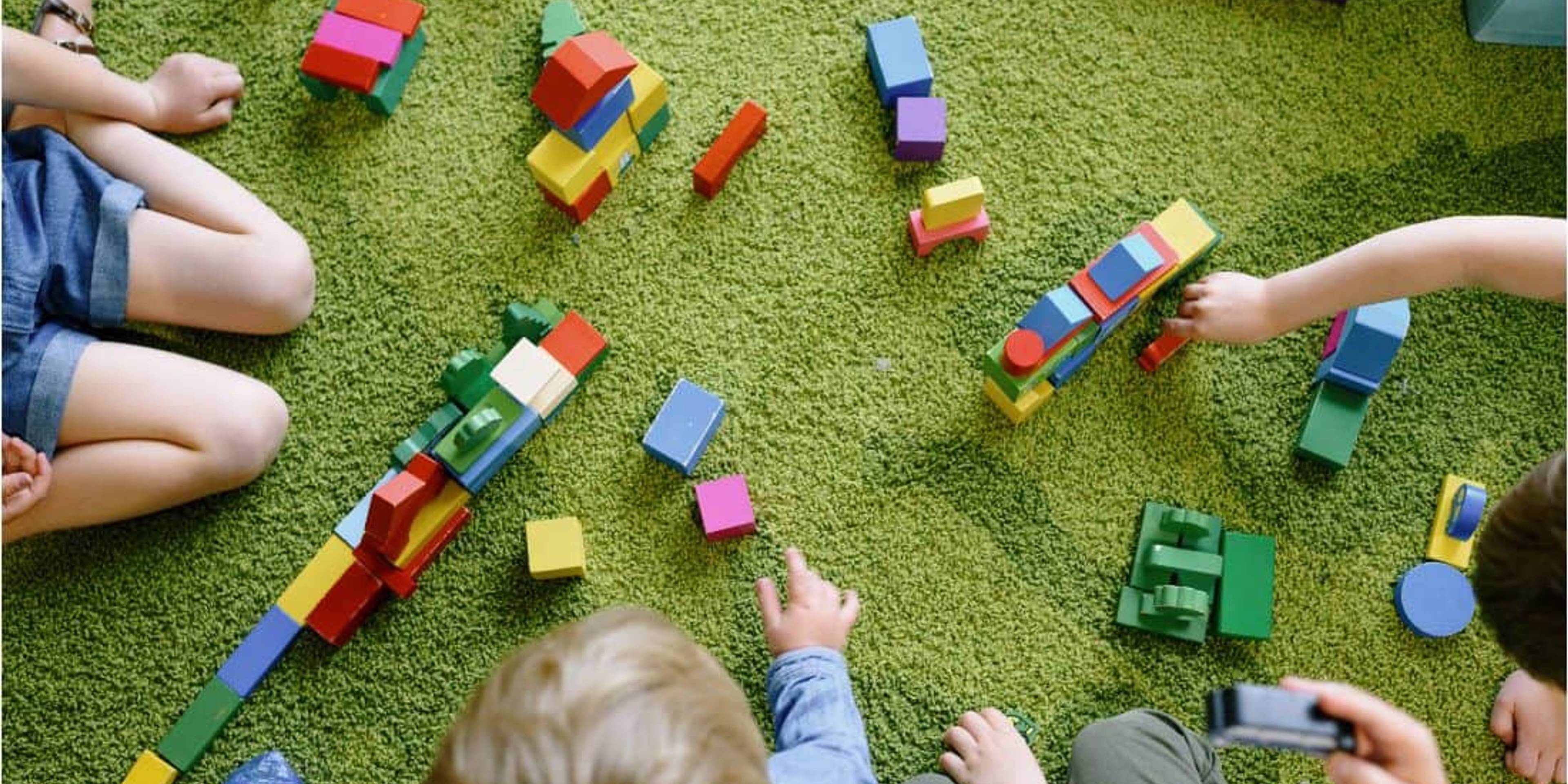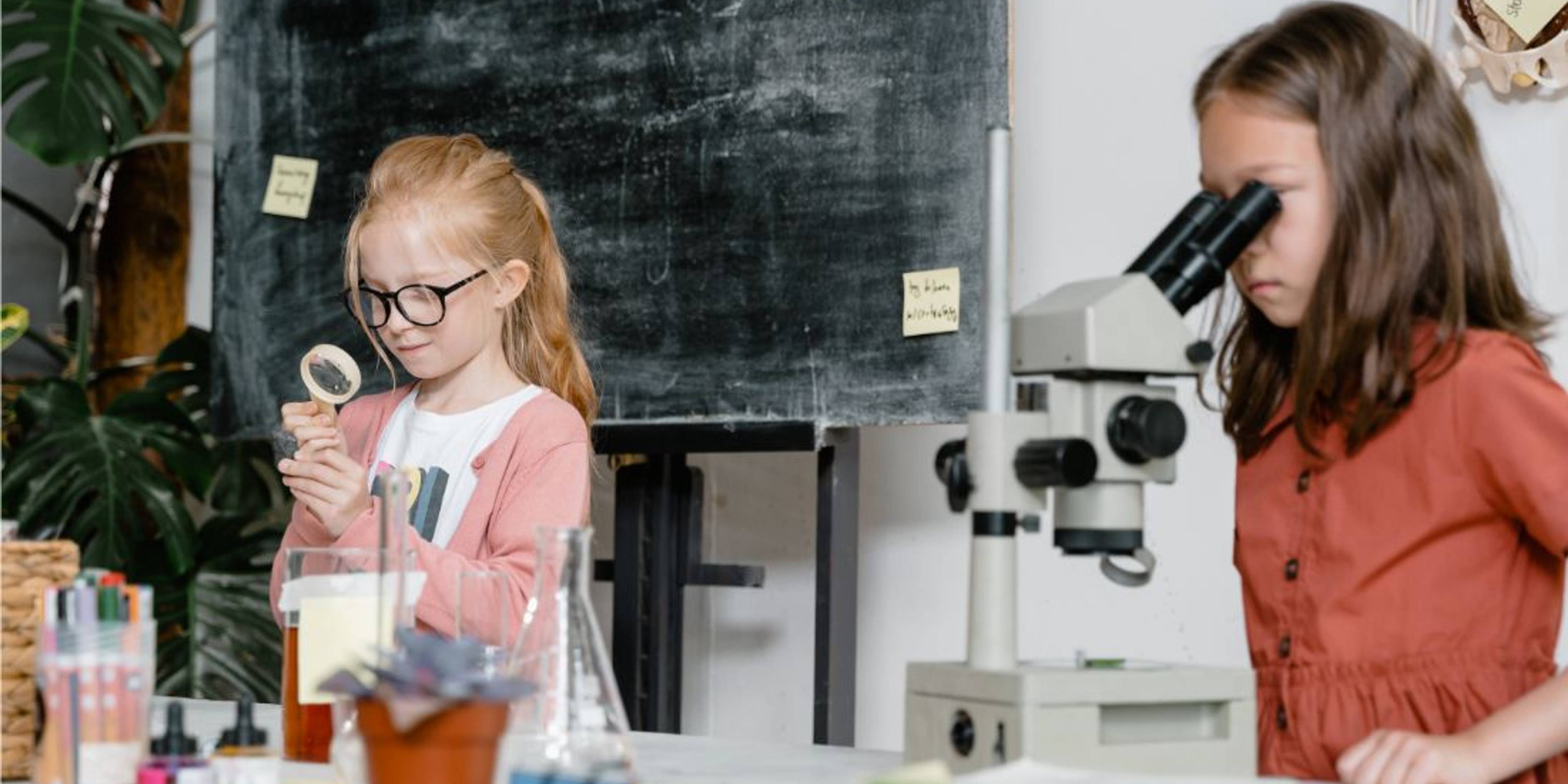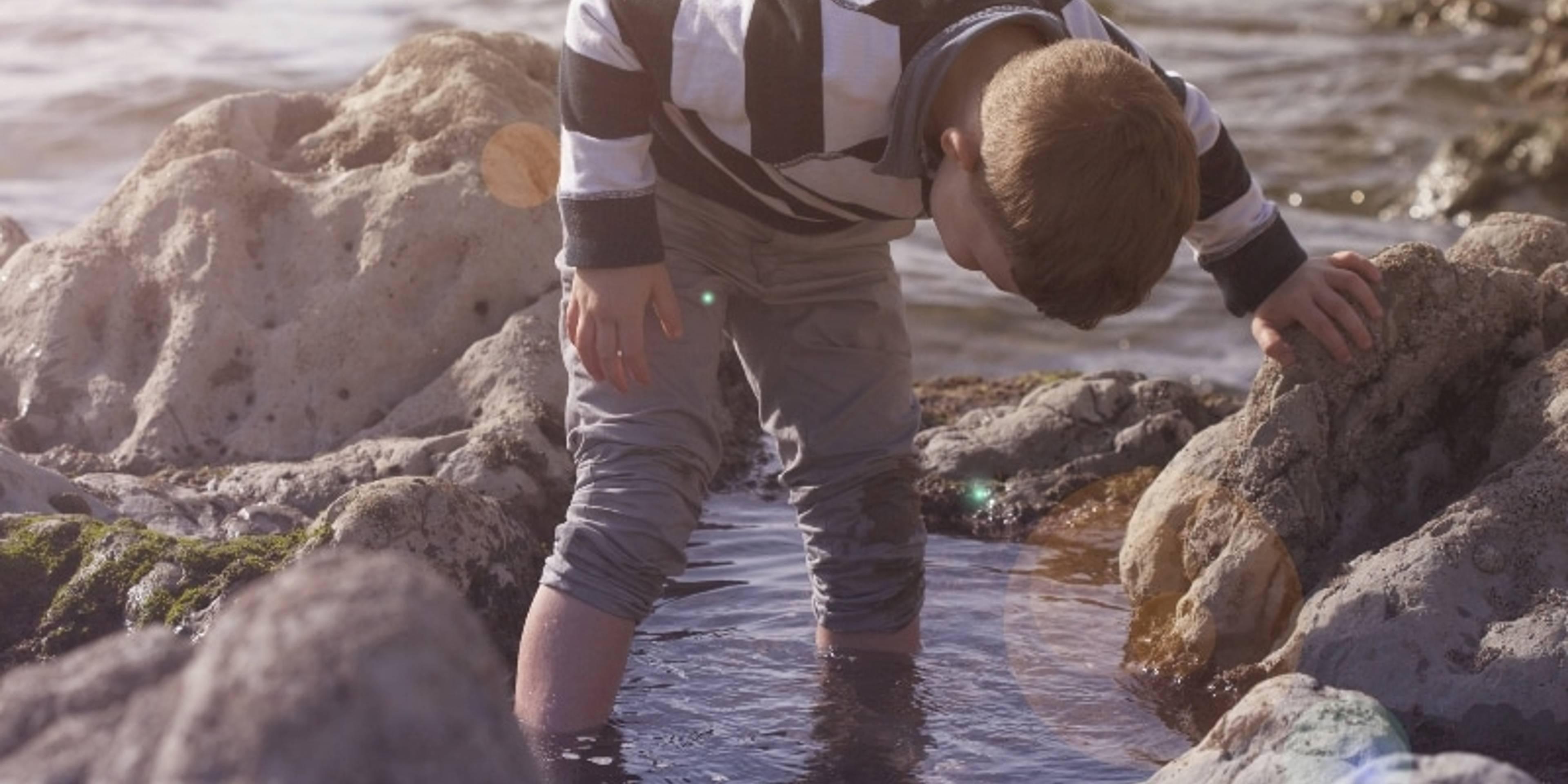April 11, 2024
STEM in preschool settings: do teachers’ scientific questions differ by child gender?

In the US, as in numerous countries including the UK, female and non-White students are underrepresented in science, technology, engineering, and maths (STEM) fields. A significant body of research demonstrates significant gender disparities in STEM achievement, participation and attitudes from early childhood, and that these continue to widen as children get older. Children are strongly influenced by their early environments and conversations with adults. Whilst gendered messages around STEM are now rarely explicit – children are unlikely to be told that girls can’t be scientists – they may receive more subtle messages about representation and belonging. These differences may contribute to children’s beliefs about their own STEM ability, their performance in STEM activities, and their decision to pursue a career in STEM.
US researcher, Dr Sona Kumar, and her colleagues sought to explore whether there are subtle differences in the messages that preschool educators send girls and boys about STEM. Previous, older research with caregivers found that parents tended to provide more scientific explanations to boys than to girls. Studies have also found that, within classroom settings, boys often receive more attention from teachers on science-related subjects than girls. Dr Kumar predicted that teachers would direct more scientific questions to boys than girls and tested this by observing a preschool setting.
Summary
The chosen preschool already had microphones and cameras embedded in the ceiling (for use during teacher training), so Dr Kumar and her team were able to record naturalistic conversations as the children (aged two to five years old) engaged in scientific activities and thinking. They filmed the ‘science’ and ‘block’ areas of the classroom, recording footage for 60 minutes, twice a week during the spring and autumn of 2018. Following children’s particular interests, the setting incorporated science in various areas of the classroom, but it also had a specific science table which focused on biological science, featuring different creatures and phenomena for children to observe and it was this area that the researchers focused on. At one point, the table featured hermit crabs which children could look at and learn about. During autumn, a pumpkin was left on the table so that children could observe and talk about the process of decomposition. They had access to magnifying glasses and could record what they saw.
They examined the videos for teacher-initiated information-seeking questions, finding 277 questions for inclusion in the study, which they divided into two types. The first was fact-based questions, such as, ‘Where is the hermit crab?’ or, ‘Which block will you start with?’. The second type of question was labelled as ‘causal’. These were more often ‘how’ or ‘why’ questions, such as, ‘How do you take care of your fish?’ or, ‘Why do you need lights?’ These often demanded a more complex response.
At face value, the data showed that teachers in this preschool asked more fact-based than causal questions and that they directed significantly more scientific questions to boys than to girls; stark findings which surprised Dr Kumar. On further investigation, the researchers found that this difference might be explained by the fact that boys visited the science area of the classroom more than girls and stayed there for longer, providing more opportunities for teachers to engage boys in scientific conversations than girls. When the researchers took into account the amount of time each child spent in the science or block areas, and looked at the rate of questions asked to boys and girls, the frequency of questions was actually similar.
Although teachers asked boys and girls questions at similar rates in this classroom, as girls spent less time in the science or block areas, it seems possible that girls may still receive different messages than boys about how to approach science as early as the preschool years. The authors note that it may be important to consider ways to encourage young girls to participate in science activities in the classroom.
Implications
“Young children are sensitive to the messages that adults send about who should engage and participate in science. Such messages and opportunities to respond to teachers’ scientific questions may impact children’s engagement in science during the preschool years and contribute to their later interest and motivation in STEM.”
Foster a sense of belonging. Before stereotypes are solidified, try to let young children know that they can belong in the STEM sphere. Reform any systems or practices that perpetuate notions that science is ‘clever’ or masculine.
Talk about science as a process, rather than as an identity. Focus on curiosity, experimentation, effort, discovery, resilience when we make inevitable mistakes and the value of hard work. Try to counter the message that being ‘good at science’ means putting up your hand answering every question correctly. Embrace mistakes and failures generally.
Be interested in what your child says and don’t shut them down, even if they are ‘wrong’. Encourage curiosity, even if what they say isn’t quite right. Talk about things and puzzle them out together. Particularly at this young age, simply encourage scientific thinking and a consideration of why and how things happen.
Expose children to a variety of scientific role models. Take advantage of the numerous books that are available (both fact and fiction) that feature varied and diverse representations of science, scientists and science activities. The more variety that children see, and the broader their perceptions regarding who can ‘be a scientist’, the more they might think of science as something that is for them.
Think carefully about the language that you use. Use inclusive language and ask a lot of questions, particularly causal questions, which nudge children to consider how and why things happen more deeply.
At home, recognise that you are already ‘doing science’ with your young children. You don’t need to be a ‘sciencey’ person to nudge your child to be curious about how things work and the world around them. Everyday activities, which you are likely doing already, such as cooking, grocery shopping, playing board games and bath time all provide opportunities for scientific discussion. Leverage these opportunities by incorporating scientific conversation into the everyday.
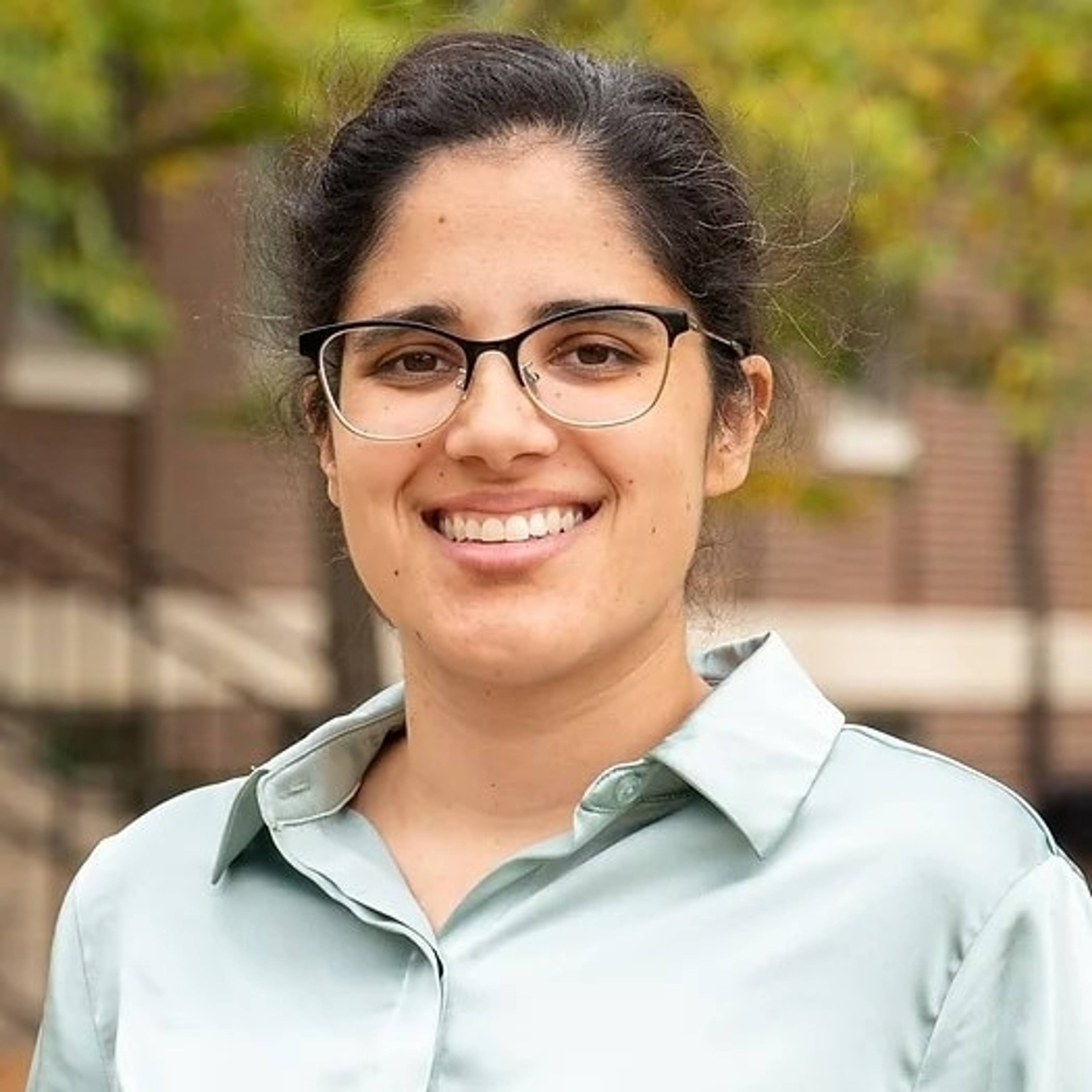
Dr Sona Kumar
Postdoctoral Researcher
Dr Sona Kumar is a postdoctoral researcher at Purdue University studying how the messages that adults like parents and teachers communicate about who belongs in STEM impacts children’s STEM motivation in early childhood. She works in the Center for Early Learning lab.
Dr Sona Kumar
Postdoctoral Researcher
Related Resources

20 Questions for Bathtime
Scroll our research gallery

Jul 14, 2025
Do teens with mental health conditions use social media differently than their peers?
As Luisa Fassi, our new Researcher of the Month, comments, "The link between social media use and youth mental health is hotly debated, but hardly any studies look at young people already struggling with clinical-level mental health symptoms". In fact, Luisa's large systematic review and meta-analysis found that only 11% of papers published on the topic since 2007 focused on young people with clinical conditions. Her review also showed that the data used to evidence mental health conditions in these existing studies is not always strong or especially robust. Many report links between social media and mental health on the basis of short self-report questionnaires, where young people are asked about symptoms. Whilst this wasn't found as part of Luisa's review, it is also the case that very few papers in the field differentiate between different mental health conditions, or examine different symptoms or conditions (such as anxiety, ADHD or eating disorders) in isolation. To address this research gap, Luisa and colleagues have recently published a fascinating and nuanced paper. It analyses both quantitative and qualitative dimensions of social media use from a nationally representative survey of 3,340 teens in the UK aged between 11 and 19 years old, which was conducted by NHS Digital in 2017. Rather than gathering mental health data from self-report questionnaires, the young people in the survey underwent a full clinical screening, which included interviews with the young people, their parents and teachers. Information about social media use came from questionnaires completed by participants. They were not asked about specific platforms. Luisa used this data to gather novel insights into how social media and mental health are related in teens who both meet and do not meet diagnostic criteria for a wide range of mental health conditions. The study does not establish any causal links, but it does reveals a range of differences between young people with and without mental health conditions when it comes to social media.

Jun 17, 2025
Navigating the feed: younger adolescents' reflections on algorithmically curated social media
Our latest researcher of the month, Roxana Pomplun, has investigated the interactions, experiences and perceptions of younger adolescents, aged 11, 12, and 13, with algorithmically curated platforms such as TikTok, YouTube Shorts, Spotlight on Snapchat and Reels on Instagram. These kinds of platforms use algorithms to personalise and tailor feeds, harnessing user data to suggest content that the individual is most likely to be interested in and engage with. As such, young people have little control over what they are seeing in their feeds. Tech companies are not yet required to be transparent about the data that they are collecting, but it tends to include demographic information such as age, gender or location, along with use patterns. Whilst these sites dominate the digital lives of tweens and teens, until now they have received little dedicated research attention, particularly in relation to younger users, with most existing studies focusing on older teens. Whilst we know that most social media platforms have age limits of 13, we also know that many younger children are active users, particularly of algorithmically curated platforms like TikTok and YouTube Shorts. Given that early adolescence is a life phase marked by critical neurological development, identity development and heightened susceptibility to mental health issues, deepening our understanding of how younger adolescents engage with social media is vital. Roxana's qualitative research, where a group of young people eloquently explore their own experiences and perceptions, broadens our knowledge of social media use within an age group that appears increasingly aware of the digital influences shaping their online experiences, yet which is still in need of support to fully navigate these ecosystems.

May 15, 2025
Looking beyond smartphone bans
Over the last year or so, there has been a surge in public concern around smartphones and social media. Banning or restricting children’s access to smartphones and social media has grasped the attention of policy makers, schools and parents. A number of countries, including France, Turkey, Norway, Sweden, and regions of the US and Canada have introduced laws, policies or guidance for schools to ‘ban’ or heavily restrict the use of phones. In the UK, there are proposals to raise the age of ‘internet adulthood’ from 13 to 16, and to ban smartphones in schools. The third reading of a private members’ bill on this topic will be heard in parliament in July. Whilst these bans aim to protect children from harm, recent studies highlight a lack of evidence on their efficacy. Along with a team of international experts, our latest Researcher of the Month, Professor Victoria Goodyear, argues that, in isolation, banning smartphone and social media access fails to equip children for healthy use of technology. She suggests that there is a need to shift debates, policies and practices away from a sole focus on restricting smartphone and social media access, toward an emphasis on nurturing children’s digital skills for healthy technology use, and a rights-respecting approach which is underpinned by age-appropriate design and education.
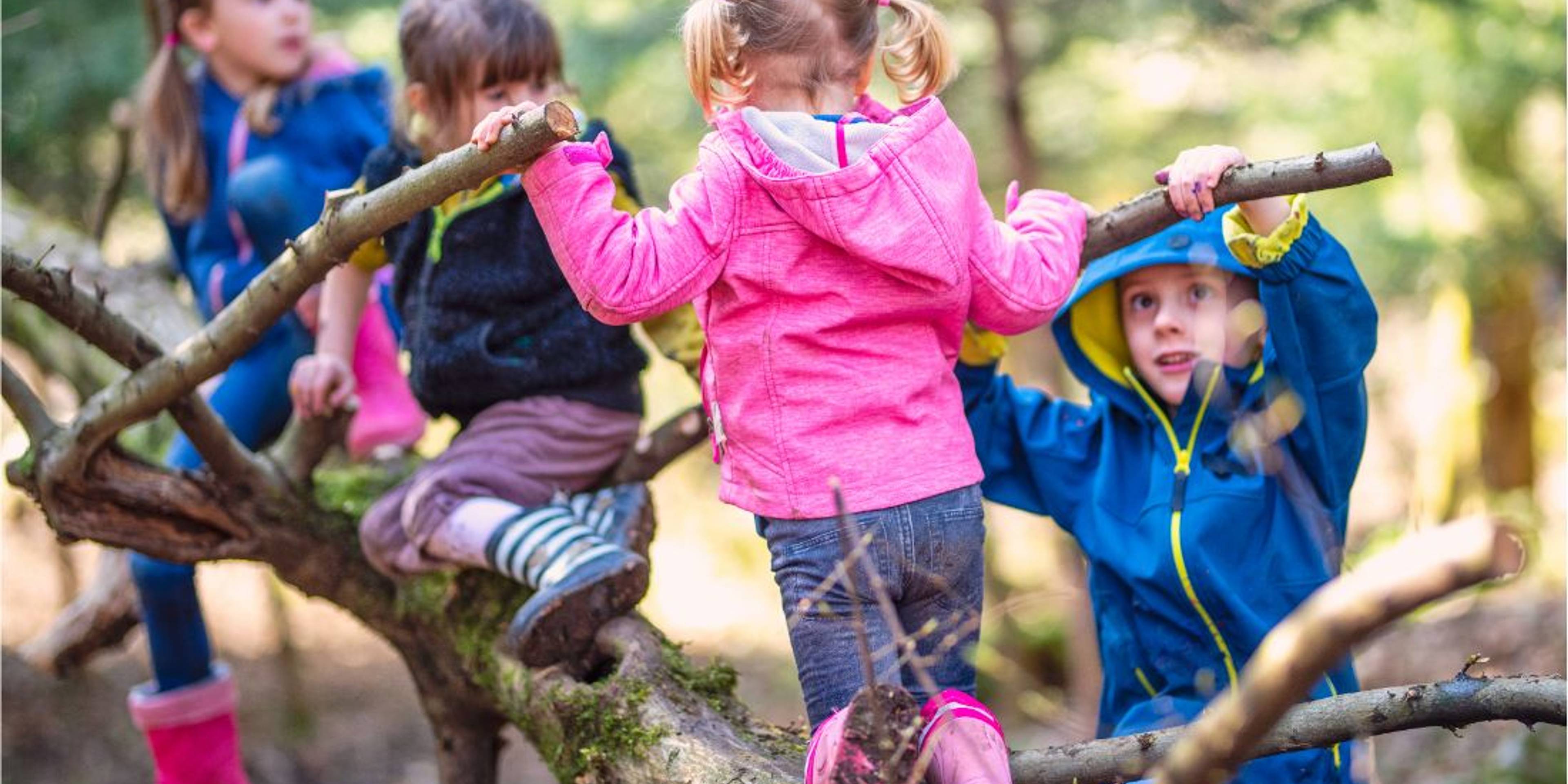
Apr 22, 2025
Encouraging adventurous play in the preschool years
Tune into our podcast interview with April's researchers of the month here. As well as providing numerous opportunities for exploration, joy, and expression, outdoor and adventurous play - the type of play that allows children to take age-appropriate risks - is associated with a range of positive health behaviours and outcomes. Yes, we're talking about the kind of play that might leave us adults with our hearts in our mouths at times, as children start to disappear up a tree, or engage in a rough and tumble game of chase. But its benefits are wide-ranging and known impacts include increased levels of habitual physical activity alongside better mental health and positive mood. In 2019, Dr Hesketh was involved in the creation of physical activity guidelines in the UK, which explicitly note the importance of outdoor play for children in the preschool age group. We know quite a lot about the play habits of school-aged children, but until now, have had significantly less data on their younger counterparts. Our Researchers of the Month, Dr Kathryn Hesketh and Professor Helen Dodd set out to discover how much time preschool-aged children spend playing in a range of indoor and outdoor spaces, and how adventurously they are playing within them. In the first national survey of play in children of this age, they asked over 1000 parents of two to four year olds about their children’s play habits, finding that, on average, children aged two to four spend around four hours per day (outside of educational settings) playing. Just under 50% of this was spent playing outdoors. Their findings shed interesting light on some inequalities in play, even in the youngest age group, which may exacerbate existing inequalities in health.

Mar 17, 2025
Fostering a school culture against bullying: the KiVa Programme
Bullying is an extremely important public mental health risk. Around one in five primary school children report being bullied at least weekly. Children who are bullied are more likely to experience depression and anxiety, and are at heightened risk of mental health issues in adolescence and adulthood. Whilst schools in England and Wales are required to have anti-bullying policies, rates of bullying remain high. Bullying is preventable, but schools need more help to tackle it. Typically, school policies focus on how to handle bullying once it happens. However, evidence suggests that a comprehensive approach involving the entire school to prevent bullying, alongside clear strategies for addressing confirmed cases, is the most effective way to tackle the issue. KiVa is one such whole-school approach, developed in Finland by Professor Christina Samivalli. A large study in Finland which involved 28,000 primary school pupils found that adopting the KiVa programme in Finnish schools significantly reduced bullying and improved children's mental wellbeing. The programme has since been rolled out nationally by the Finnish government and ongoing use of KiVa in Finnish schools is associated with year-on-year incremental reductions in bullying. Along with colleagues, our researcher of the month, Professor Judy Hutchings OBE, has tested the effectiveness of the KiVa Programme in UK primary schools. The study involved over 11,000 children in Wales, Birmingham, Oxfordshire and Devon, and showed a 13% reduction in reported rates of bullying when compared with existing school approaches to tackle bullying.
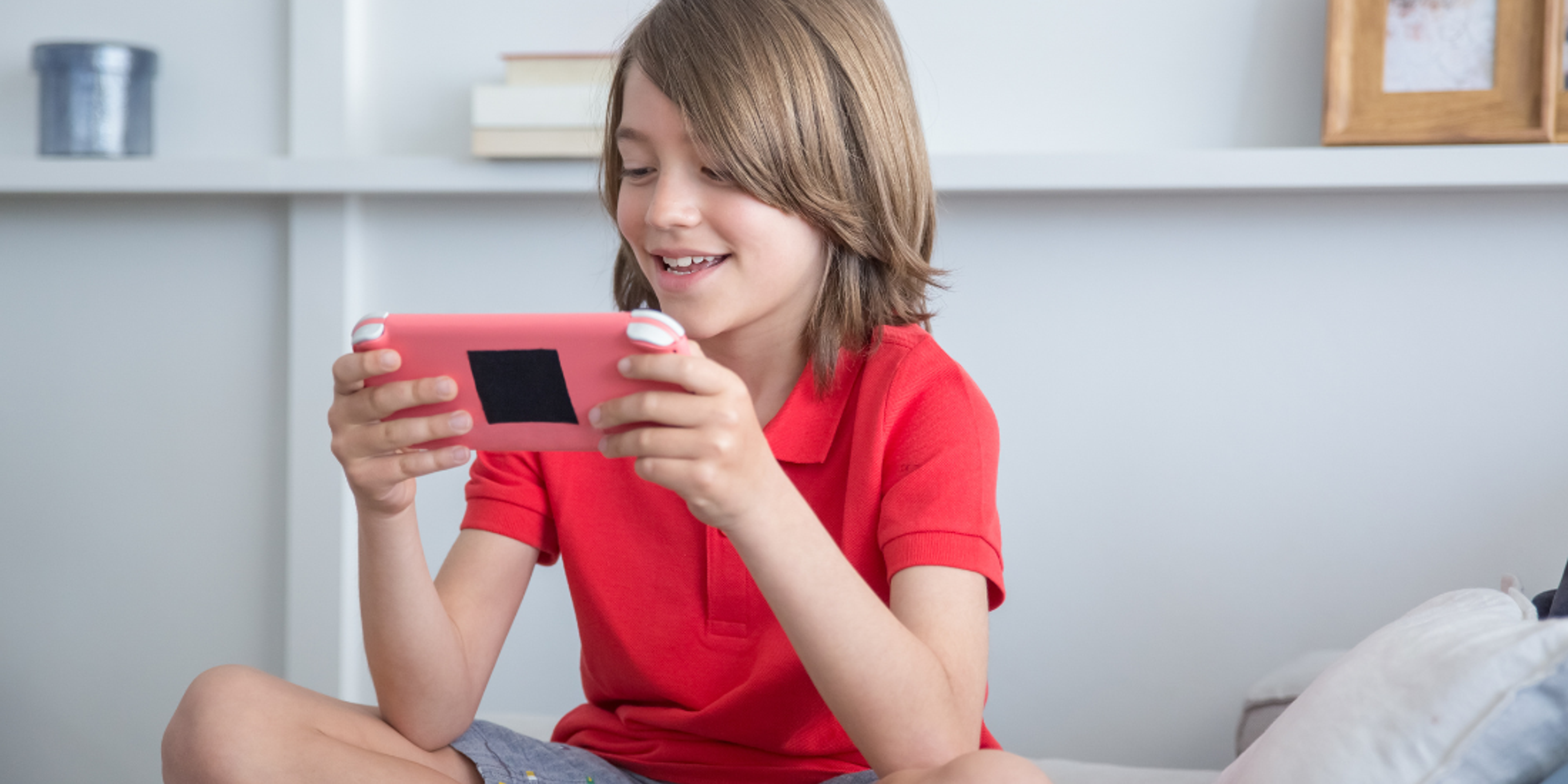
Feb 12, 2025
When is the right age? Searching for age-appropriate ways to support children's online lives
Currently, children's and young people’s use of digital technology is rarely out of the news. Age limits are debated. Calls for stronger limits are made, and questions are raised regarding whether society should ban 'under-age' children from various aspects of the digital world. 13 years of age is often cited as a digital 'age of consent', though this varies in some countries. Commonly used age limits are largely arbitrary, based primarily on US legislation, rather than evidence. In a recent paper, our researcher of the month, Dr Kim Sylwander, and her co-author Professor Sonia Livingstone, consider age milestones and evaluate whether or not the evidence supports them. Are age limits the optimal way to regulate children’s digital experiences? Does it matter that they are widely contested and often poorly implemented? And are common boundaries even the “right” age, according to evidence from the field of children and digital media? Dr Sylwander persuasively argues that moving forward, a developmental approach can better support children’s rights.
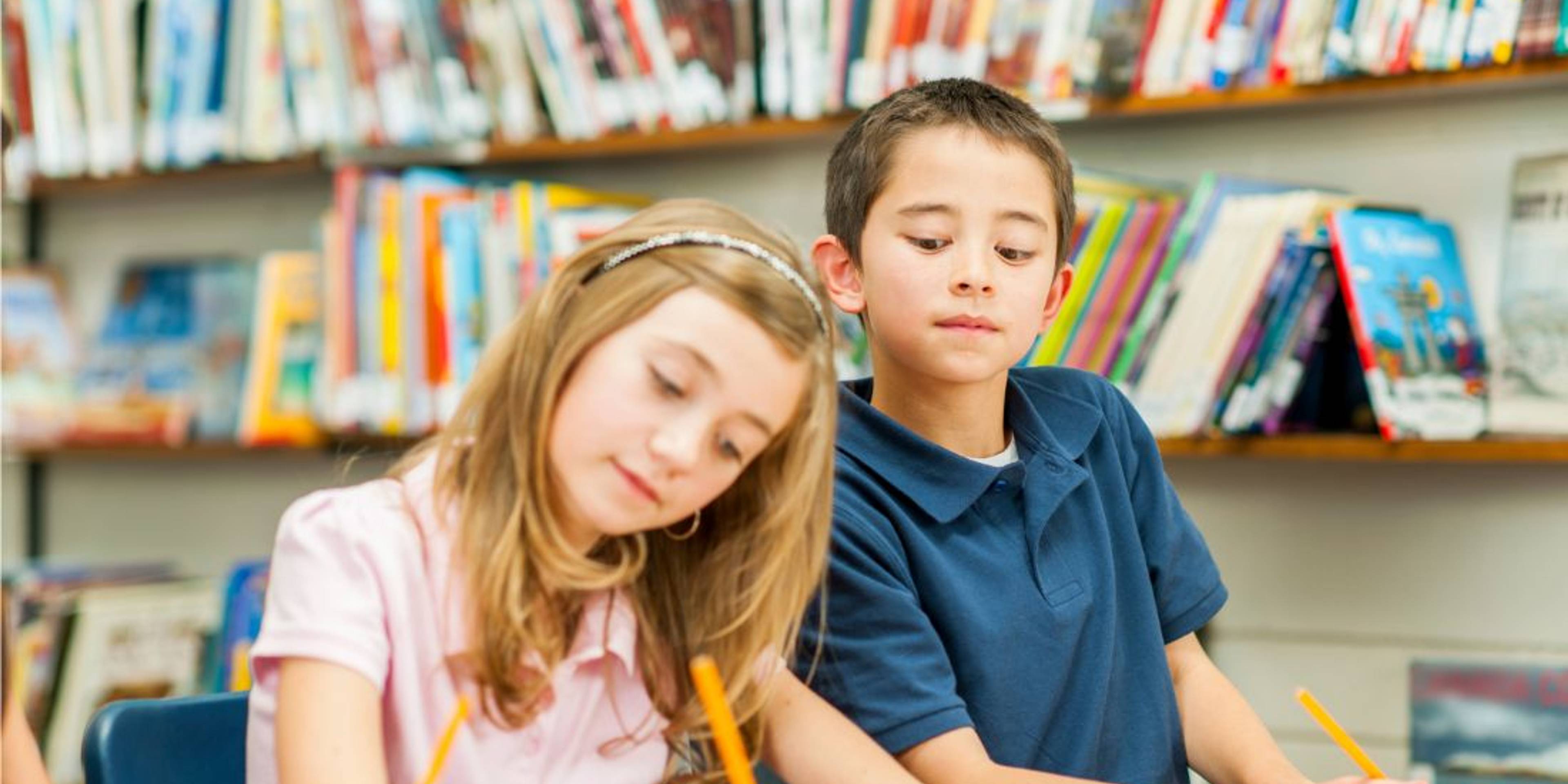
Jan 14, 2025
Showing faith and trust in children nurtures integrity
A new study which explores the development of trust and integrity in children has found that expressing trust in young children encourages them to behave honesty. The research team, including our researcher of the month, Professor Li Zhao, studied whether children were less likely to cheat in a simple test of counting accuracy if the adult administering the test had previously conveyed trust in them. They found that children who were trusted cheated less than those who were not trusted. These findings provide novel evidence about the causal effect of trust on the development of children's honesty.

Dec 17, 2024
Intrinsic reward and word learning
From infancy onwards, humans display an innate motivation to acquire language and to communicate. We start acquiring words as babies and continue to do so throughout our lives. In fact, children are thought to learn over 3000 new words each year. However, relatively little work has focused on why we are motivated to learn words, particularly when it comes to adolescents. Adolescence is a period of great neurological change and sensitivity to learning. It's also marked by changes in reading behaviours. Whilst children become skilled readers between the ages of 10 and 18, this period is also associated with motivational changes in reading, with teens frequently showing a disinclination to read for pleasure. This change often coincides with the transition from primary to secondary school. Policy makers are keen to motivate adolescents to read for pleasure, arguing that it would improve not just literacy outcomes, but also result in substantial economic and societal benefit. Recent research has shown that adults find learning words to be intrinsically rewarding, and that this intrinsic reward facilitates the entrance of new words into long-term memory. In their latest paper, our researchers of the month, Professor Saloni Krishnan and Professor Pablo Ripollés, set out to establish whether the same is true for children and teens.

Nov 14, 2024
Delivering effective menstrual education
Research has shown that menstruation and menstrual cycle symptoms can be disruptive and detrimental to physical, mental and social wellbeing. As many as 93% of teen girls experience dysmenorrhea (severe cramps) and girls with a typical cycle experience 11 menstrual cycle-related symptoms on average, potentially including mood changes, stomach cramps and increased levels of anxiety and fatigue. Adolescents with problematic symptoms have reported a negative impact on school attendance, behaviour, confidence around peers and participation in physical activity. In the United Kingdom, evidence suggests that menstrual health education delivered by teachers generally focuses on menstrual cycle biology, as opposed to management of menstruation and menstrual cycle related symptoms. Our latest researcher of the month, Dr Natalie Brown, set out to understand young people’s perceptions of menstrual education in schools and their experiences of menstruating whilst at school, including within physical education. Her study involved nine focus groups with 10-15 year old female pupils attending primary and secondary schools across England and Wales. Pupils highlighted that, in their experience, menstrual education is limited and noted that the menstrual cycle impacts negatively on their school experience, affecting participation in sport and school attendance generally. Participants highlighted a need for more support and information regarding understanding and managing periods in school.

Oct 17, 2024
How influential is social media on young people's mental health?
A significant body of evidence tells us that young people's mental health has decreased over time, and a potential link between social media use and this mental health decline has triggered wide interest and concern. Research into social media use and mental health is being conducted at a rapid pace but, so far, findings are far from conclusive. Our new Researcher of the Month, Dr Margarita Panayiotou, adds to this body of work. She led a team of researchers who recently published a study involving thousands of young people in the UK. It set out to explore the interplay between social media use and teens' mental health, wellbeing and social life, and found that when considering the complex combination of multiple factors, things such as a lack of family support are arguably more important for adolescent mental health than social media use.
